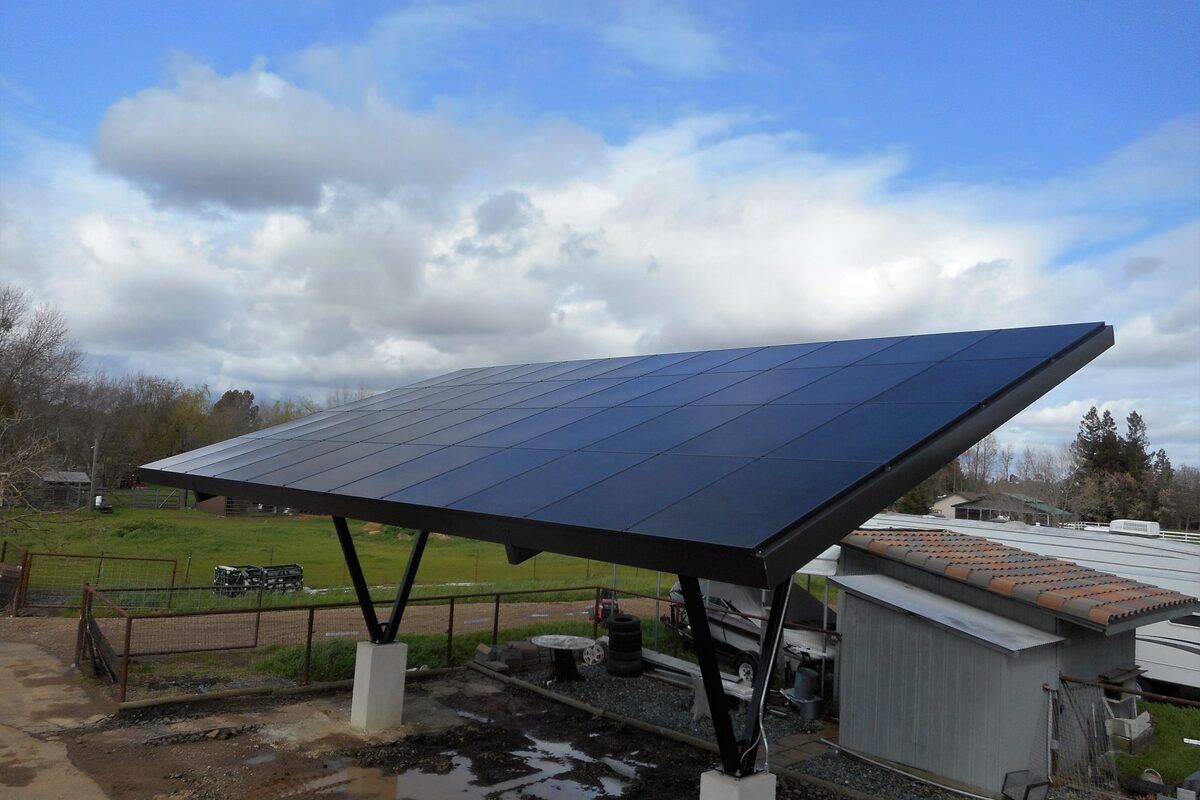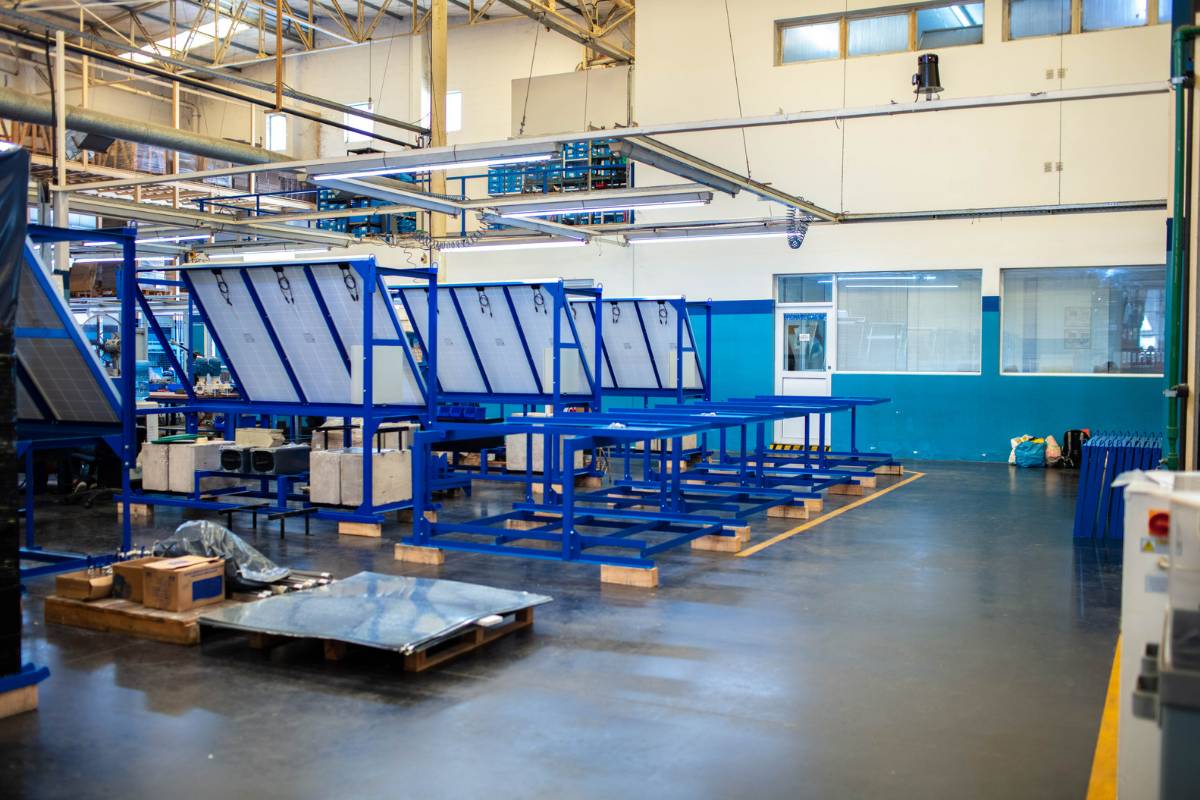A ground-mounted solar installation is a collection of photovoltaic panels that convert sunlight into electricity. It is located somewhere on your property’s ground rather than on the roof.
A fixed ground mount solar system is the most prevalent type of ground-mounted solar installation. The arrangement is typically placed in a large outdoor area with appropriate soil for stable construction and plenty of consistent, unrestricted sunlight.
Pole mount solar systems are another popular ground-mounted solar installation. You might see them on the side of the road, powering streetlights and smart traffic signs. One advantage of this model is that there is enough space underground for animals to find shelter.
A ground-mounted solar system has numerous advantages. To begin with, unlike rooftop solar, where the orientation of your roof is a limitation, a ground mount system has no such constraint.
You can improve the capture of the sun’s energy by aligning your outdoor solar setup. When you combine a solar installation with a tracking system, you may optimize your panels’ capacity to generate electricity for your home most of the time.

Moreover, a ground-mounted solar installation will not affect any part of your house. This is obviously a significant advantage over roof-mounted solar arrays, which require drilling into the roof and may result in water leakage during heavy rains.
Also, if you decide to build a greenhouse, gazebo, or any other form of a building extension on your property in the future, the adaptability of a ground-mounted solar system will allow you to power it effortlessly. Simply adding more suitable panels to your current PV array will provide adequate solar power capacity for the new structure.
However, there are several drawbacks to ground solar mount installations. A ground-mounted solar installation, for example, has a much greater starting cost. This is because it involves some form of anchoring solution for the poles, which might add roughly $5,000 to the overall cost.
A solar tracking device will increase that total even further. However, when power savings over time are combined with government tax benefits, manufacturer rebates, and higher house value, your outdoor solar installation will quickly pay for itself.
Also, you won’t have much area to work with a ground-mounted solar installation if you reside on a small plot of land. You will undoubtedly require an area that is completely exposed to the sun’s rays.




